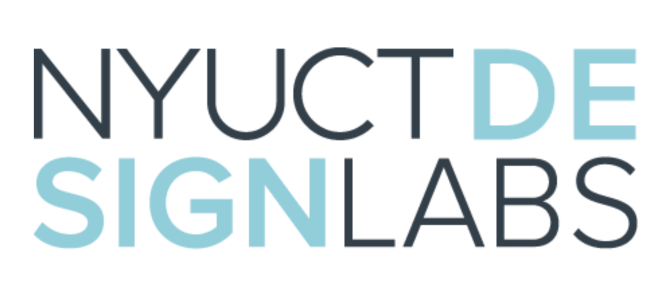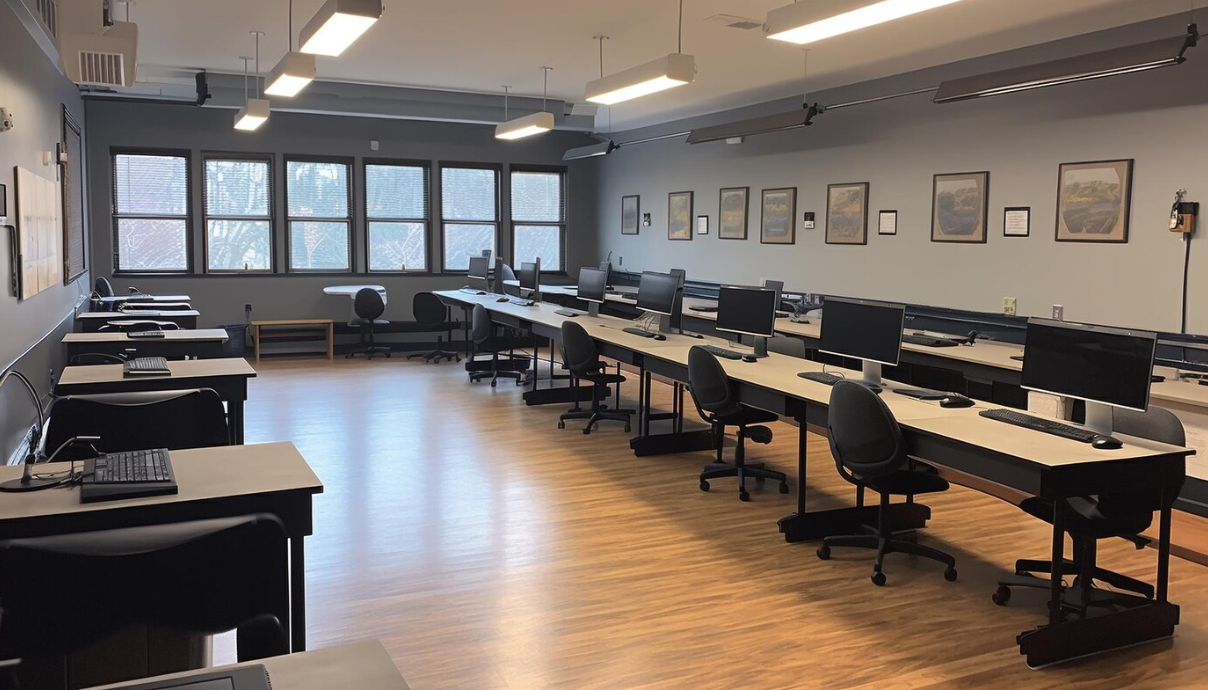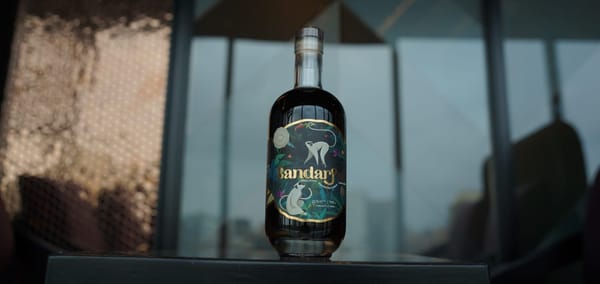Simpler and faster way to solve a business or brand problem? At 150X momentum?
Rapid innovation needs original thinking at scale. They need OG design-fixes. For this agile hackathons are a great place to start.

Why do you need unusual solutions?
Because the usual suspects don’t work. An uncertain and unprecedented world of business throws up unusual, unprecedented problems. And sometimes at the most unexpected times. These need rapid, agile fixes. They need hacks.
Then there are the more sticky, more fundamental business problems across sectors. The ones that have been pain points for the longest. Some of these perennial problems could be owing to age old baggage and the way mindsets are. But they are deep fundamental problems worth solving for uniquely. These also need fresh pairs of eyes, hands and minds to solve for them uniquely.

For instance, here are a few that we have listed:
1. How can cold financial platforms feel more intuitive and human first?
2. How can a patient journey be designed to reduce anxiety in a hospital.
3. How do you create credibility and desirability with packaging?
4. How can a not for profit foundation develop an inclusive design that works for its communities across age, literacy levels, and digital access levels.
5. What can prepare a challenger brand beat sameness in a market that gets crowded with Me-Toos.
6. How can a freshly created organization build an enduring culture. This is usually a sticky problem area for startups who suddenly boot up around nascent teams without having a system for culture to be cultivated.
7. What can help solve for product feature bloat? How do you decide how many are too much and how many are just right?
Each of these problems - the long running, deep ones and the unexpected, unprecedented ones can be solved and cracked. With both scale and agility and at 150 X speed. How? By going back to school.
In a world of business that stays uncertain and unusual, the problems & challenges that crop up can be wicked. Be it startups, corporate houses, investors, founders or foundations - problems don’t always come with labels or even precedents. Such unusual, wicked problems can be solved with design thinking and creativity, especially when they are campus-fresh and untemplated. Rapid innovation hence needs original and fresh thinking, that has no baggage. They need OG design.

Products, services, organizations and platforms grow niggling problems over time that need a design fix. These could be across sectors, and be issues that overwhelm your users and customers. The world needs hacks with design, creativity and business thinking.
Hacking originated in the 1960s at MIT, where students began manipulating systems for exploration and creativity, evolving into various forms of unauthorized access and exploitation over the decades. Hackathons originated in the tech world. The terms is believed to have been coined by Niels Provos (OpenBSD) in the 90s. This was a community event in Calgary, Canada which saw 10 developers getting together over 2 days to resolve vulnerabilities in the standard framework to secure IP Communications on the Internet.
Say hello to India's first and only Design & Innovation hackathon at campus, with campus.
September is when the open-season of design-hacks starts. More than 150 young geniuses from premium design campuses will steam, roast and crack open your knottiest design-challenges.
They will ideate, solve, design, innovate and pitch while you walk out with as many as 15 deep design solutions. It’s agile, professional and fun. Just that your problems will have a hard time surviving.

Come September 22nd, the third season of India's first and only Venture Design & Innovation Hackathon starts.
It gets 150 X buzzier this time while multiple design campuses and multidisciplinary design practitioners, come together to solve your sticky-knotty-messy, design problems. Strange & new business problems will be cracked open and solved. Be it startup woes or design challenges and branding cul-de-sacs. Think product-market fit, UI challenges, experience innovation, branding problems, packaging questions or even a full fat launch design - no problem would be too big for 150 young minds at work.

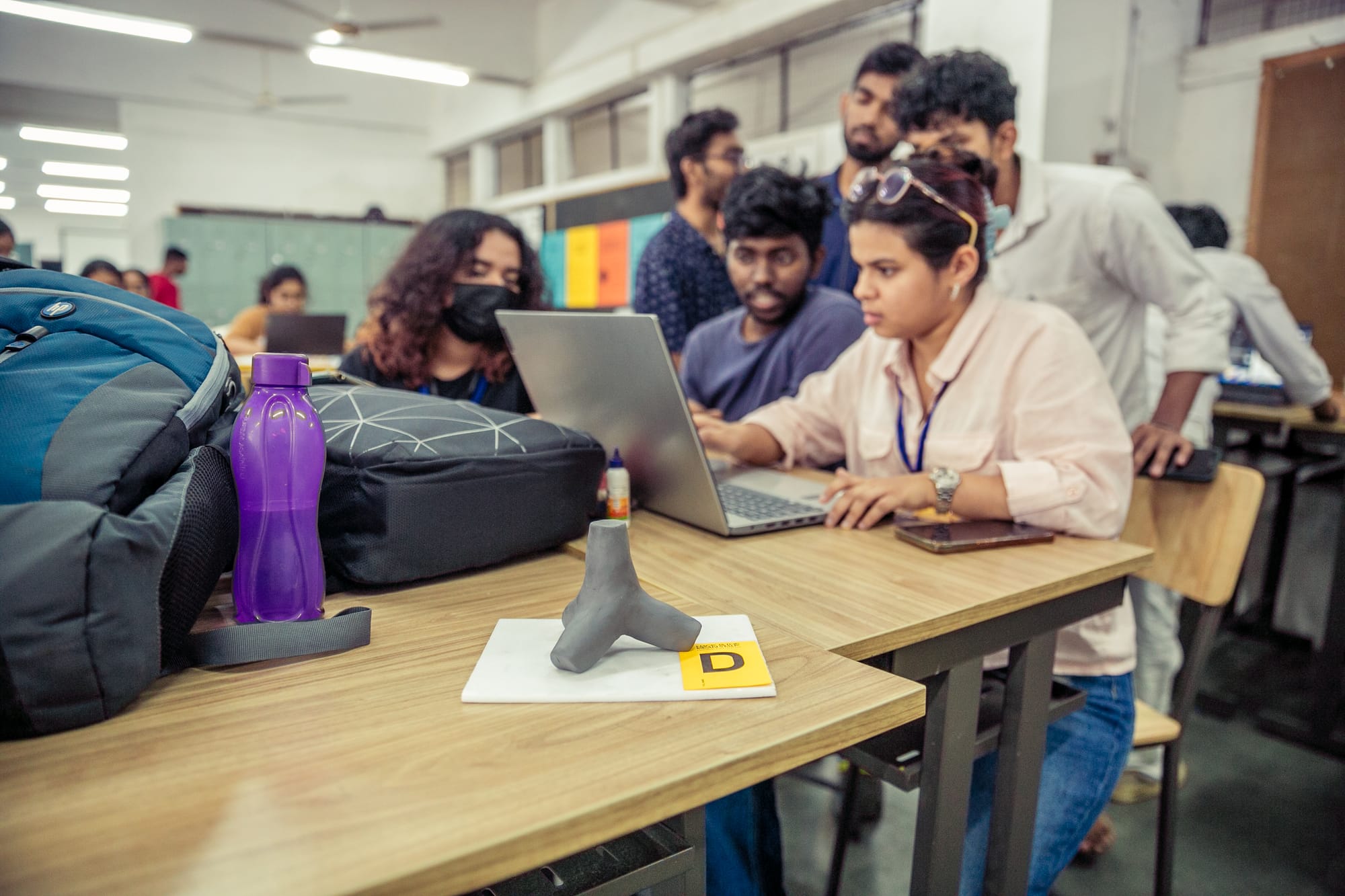
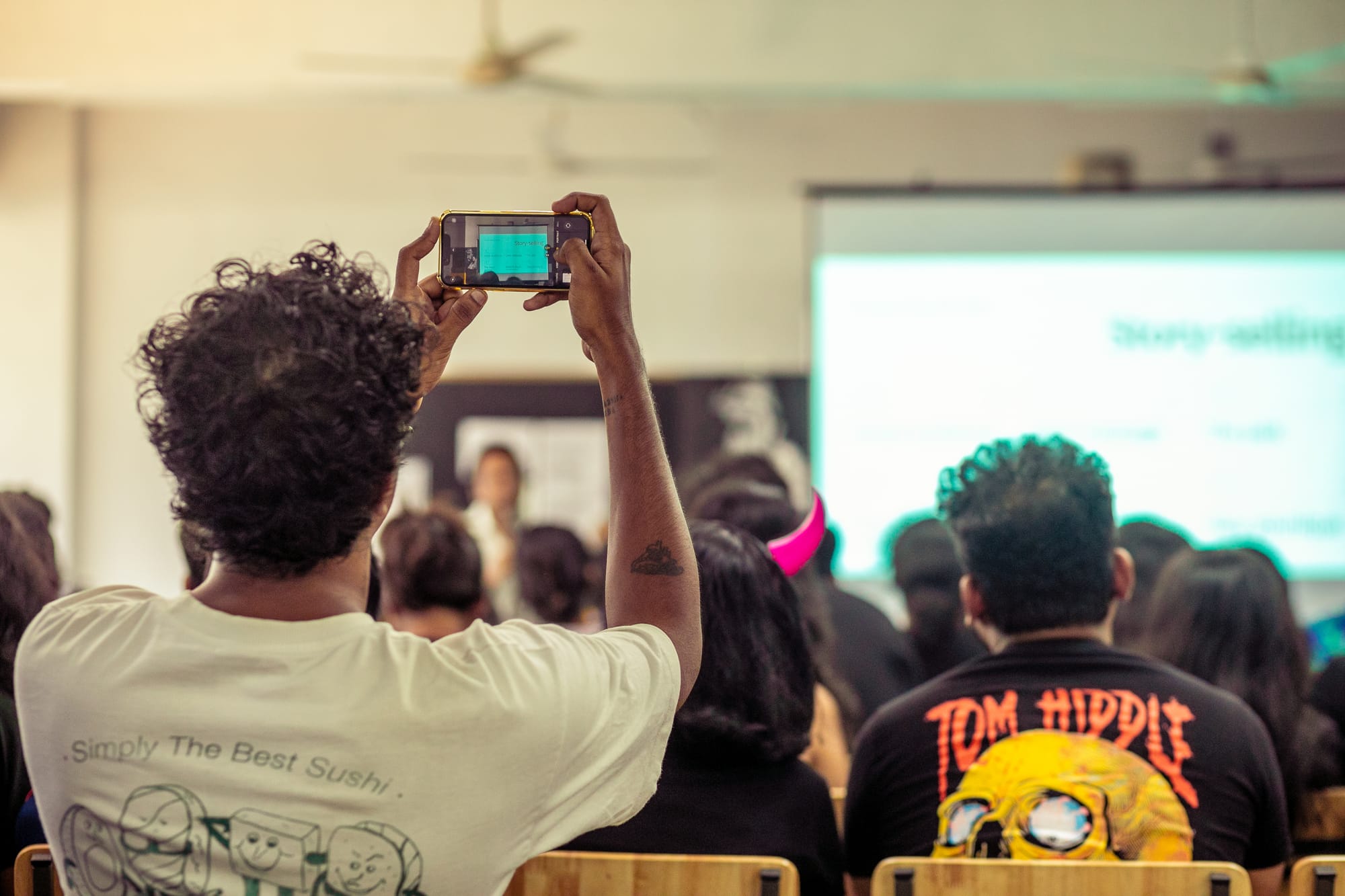
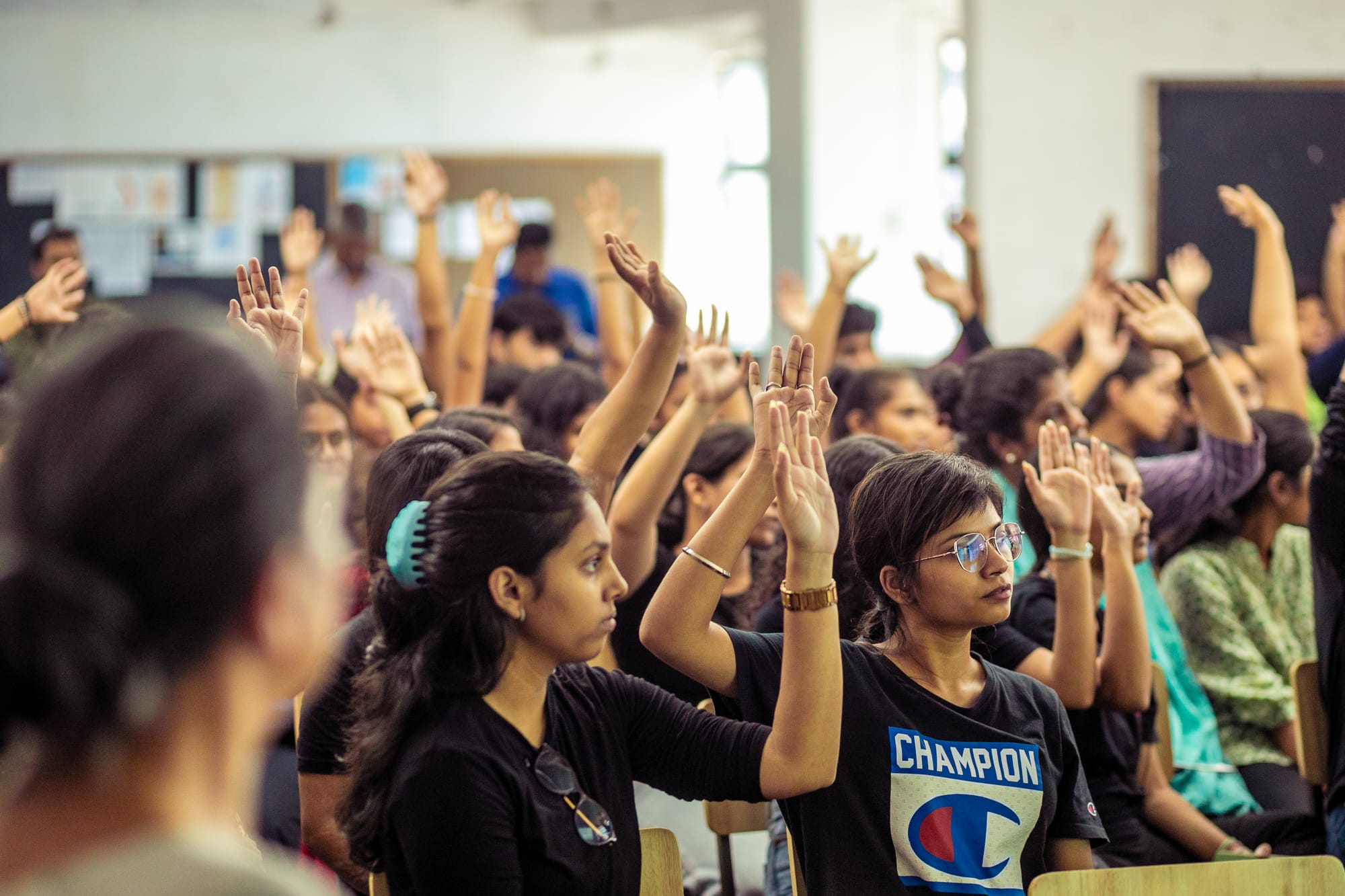
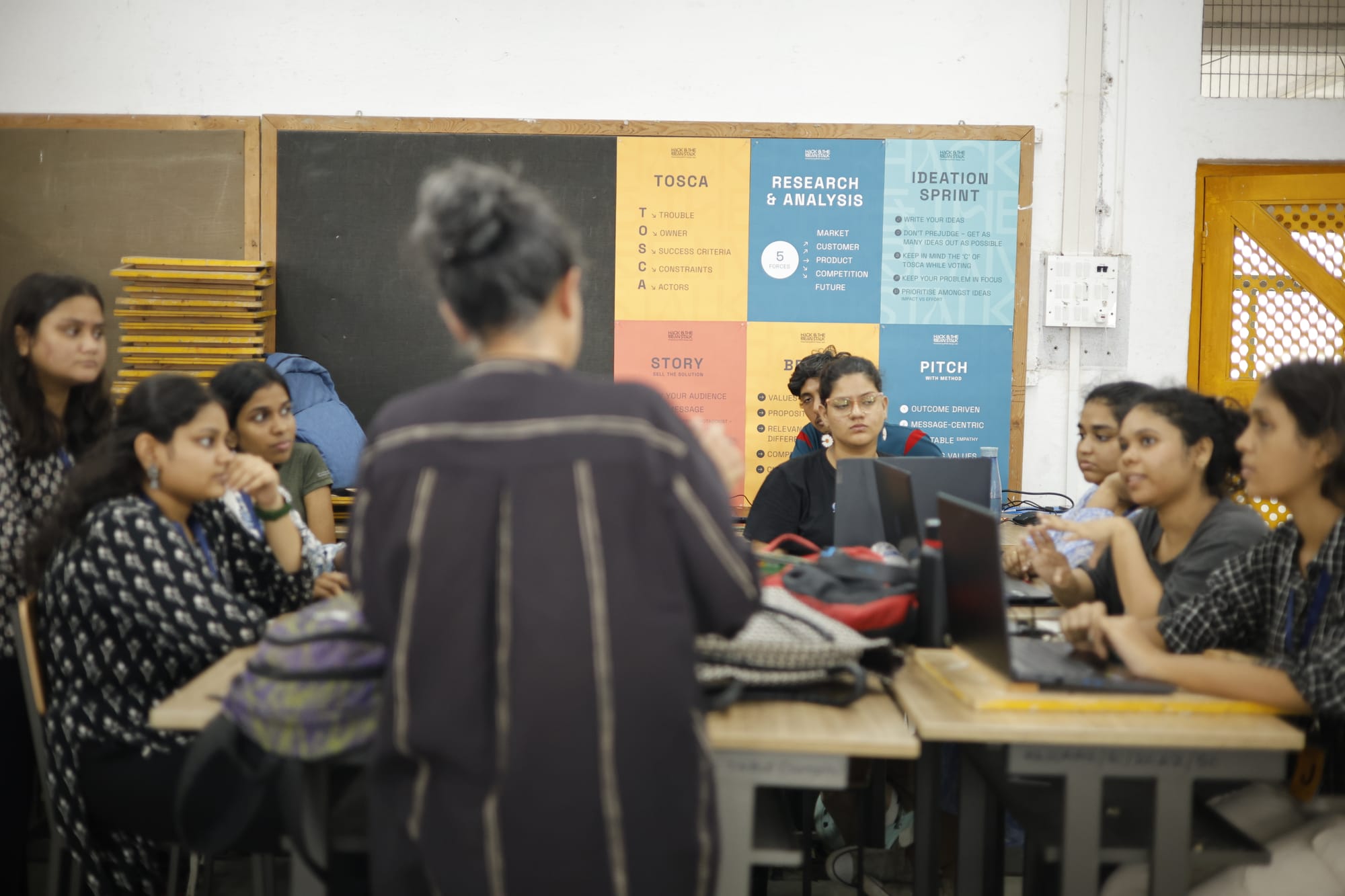
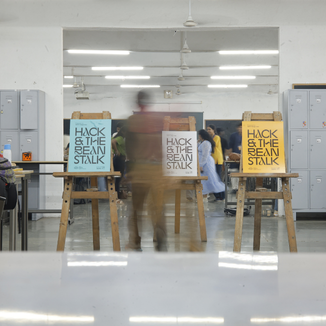
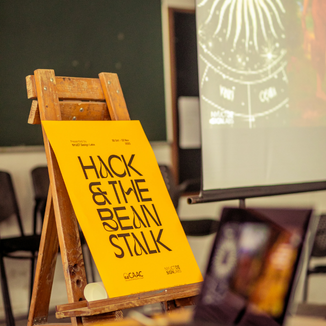
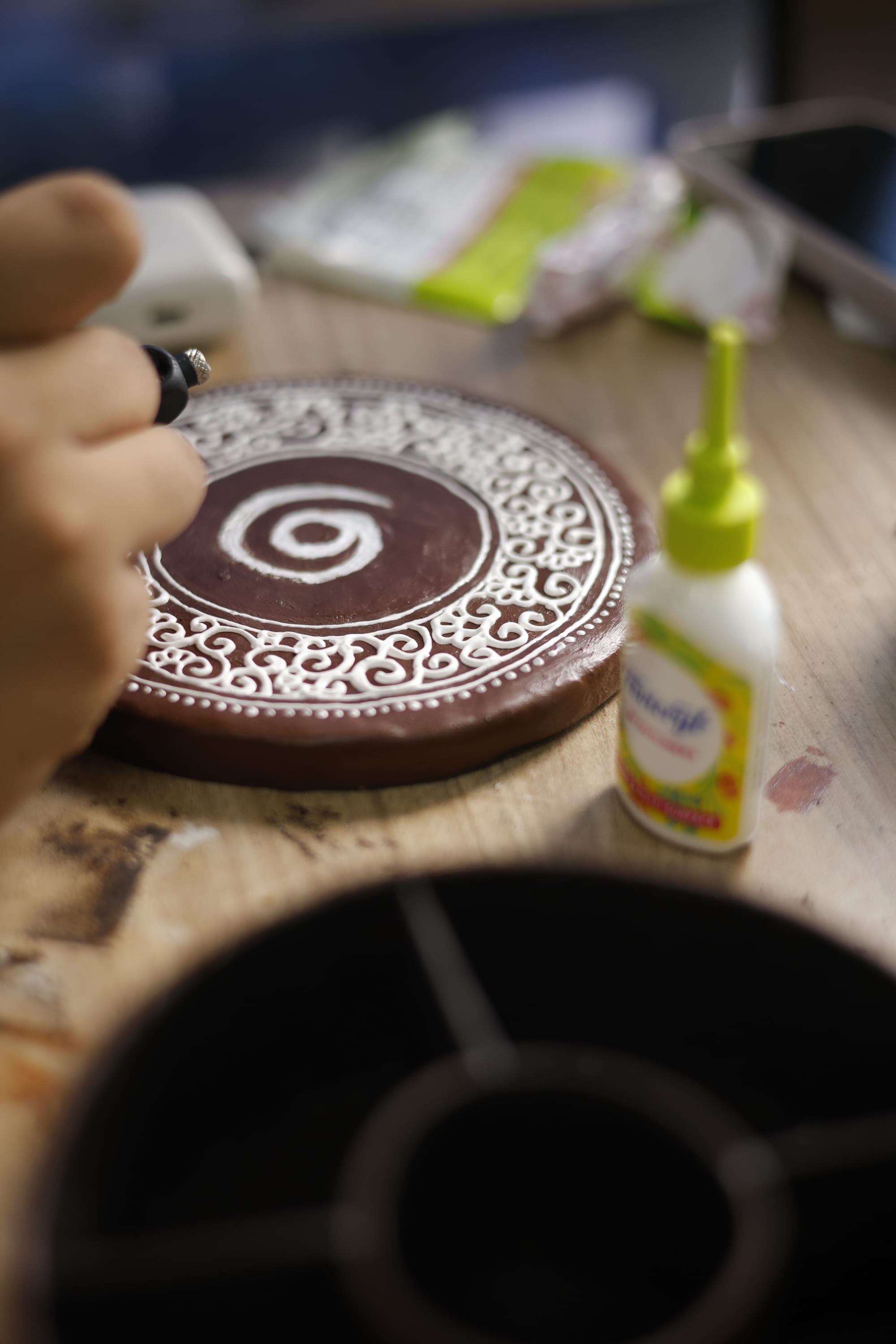
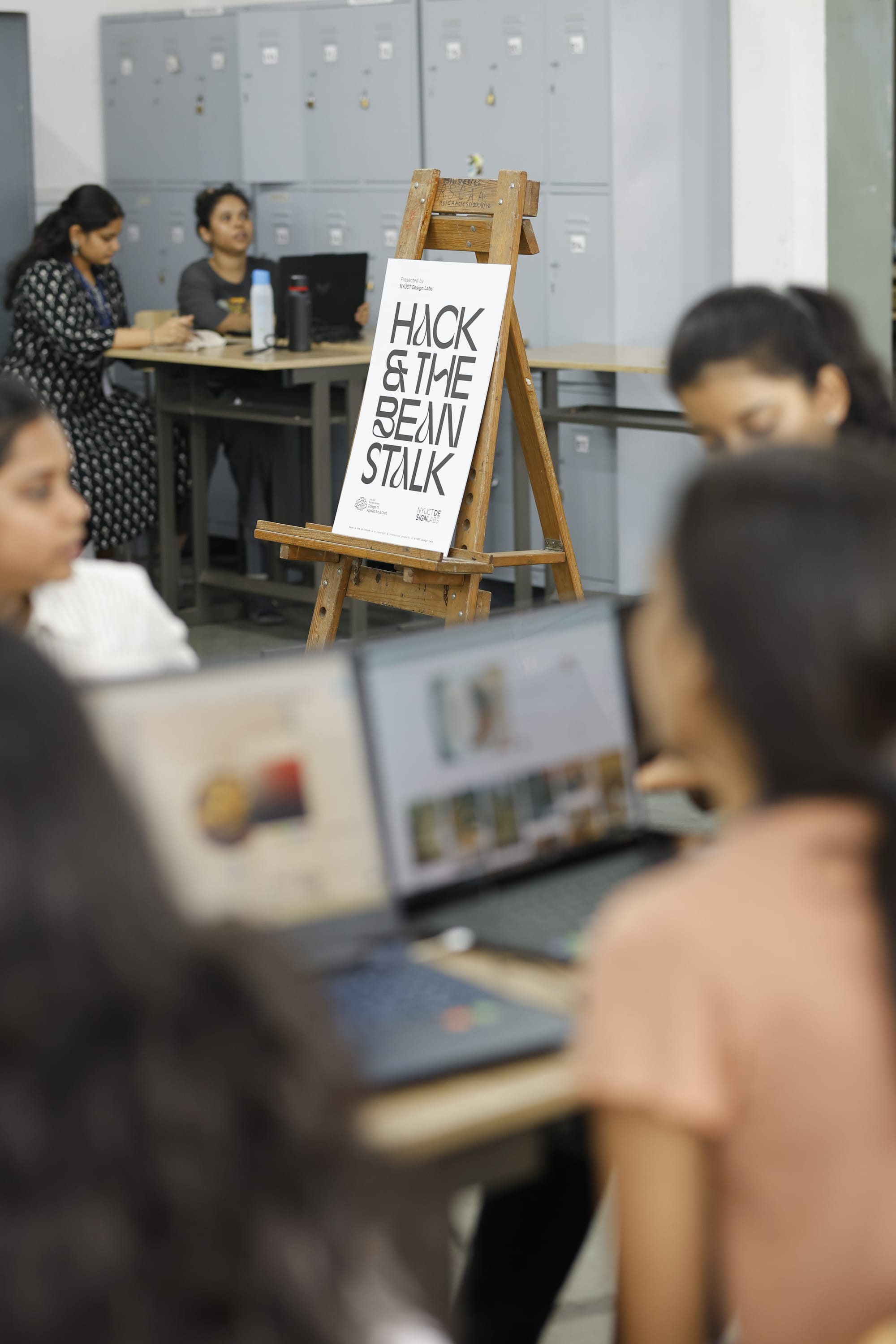
150 young multidisciplinary design minds hack and solve your problem at 150X scale.
What’s on the menu for businesses and startups? All things fresh and original!
The design cohorts will be using Venture Design & Innovation frameworks & tools that will help cook and stew your problem. Guided by professional venture designers. Multiple, multidisciplinary groups will be dissecting your problem and crafting unique solutions and culminating in a Pitch Day where design-groups reveal and pitch their integrated solutions in a launch-ready state.
Walk in with one problem and walk out with 15 deep, integrated solutions. At a fee that could keep your CFO / investor happy and the CMO/CIO smug. All the while making sure, that for your organization, innovation never goes on a vacation. Heck, it even makes the CHRO smile :). It could be worth more than the company picnic or even birthday-celebration innovations.
Why hackathons matter more now than ever
BAU (Business as usual) is no longer a comforting thought. An organization's approach to BAU would be a proxy for how it subconsciously deems growth and innovation and therefore how they allocate their budgets. Today this matters more than ever, for the organization's existence and future.
Times change and with the times, phrases need revisiting (even ones that comforted earlier). BAU (once described by Winston Churchill in 1914 as the maxim of a country and its people) is a phrase that is still used in certain quarters. It means an ongoing and unchanging state of affairs despite difficulties or disturbances. It was to convey that things are just fine and soothe frayed nerves (war years). It meant that the “status quo” has been retained or restored. But this "business as usual” and the “unchanged same” can be a dangerous thing in a business world that is constantly changing. Challenging organizations to be innovative, impactful, creative and entrepreneurial. All the beautiful things that are far from usual.
It is this very “status quo”, the very “business as usual” that gets the community of makers & creators restless. To seek the unusual or to meet an unusual challenge head on, they create, design, make, innovate and transform. For many the usual bores them. For many BAU could be victory. But for the real changemakers it’s a red flag. Managing the usual and managing for the unusual are two very different things and in an organization the latter is a rare blessing.
The usual barely begets anything transformative
The “usual” rarely begets anything exceptional for any business organization. Business as usual will rarely yield the quantum leaps expected as per the fat presentation decks, long review meetings and meaningless debates. It will lead to inane and mundane ideas that are not worth getting up for, from your seat. And often the murder of brilliant innovations that die an early death. Before even getting a chance to launch themselves. Business as unusual is how the world of transformative business is.
Uncertain unknowns, consumer shifts, rapid evolution of technology - every new shift becomes an opportunity to act for the organization. To create and innovate. An opportunity to create something exceptional for customers, stakeholders and partners. As corporate history and examples remind, for any organization/business that seeks to be exceptional, it depends on their approach to the word “usual”.
It is leadership’s reaction to the stack of the usual versus the fewer but braver unusual - that makes the difference. Between staying ordinary and becoming exceptional. For the next budget review, or performance review, look for the unusual exceptionals that are worth betting on. Worth launching. Worth bringing to life.
A brand new season of Hack & the Beanstalk starts this September. (For enquiries or booking your slot pls write to wakeup@nyuct.com - limited slots available).
